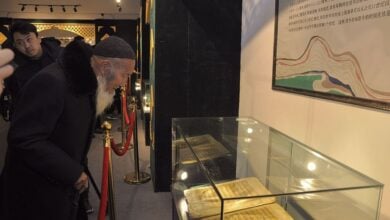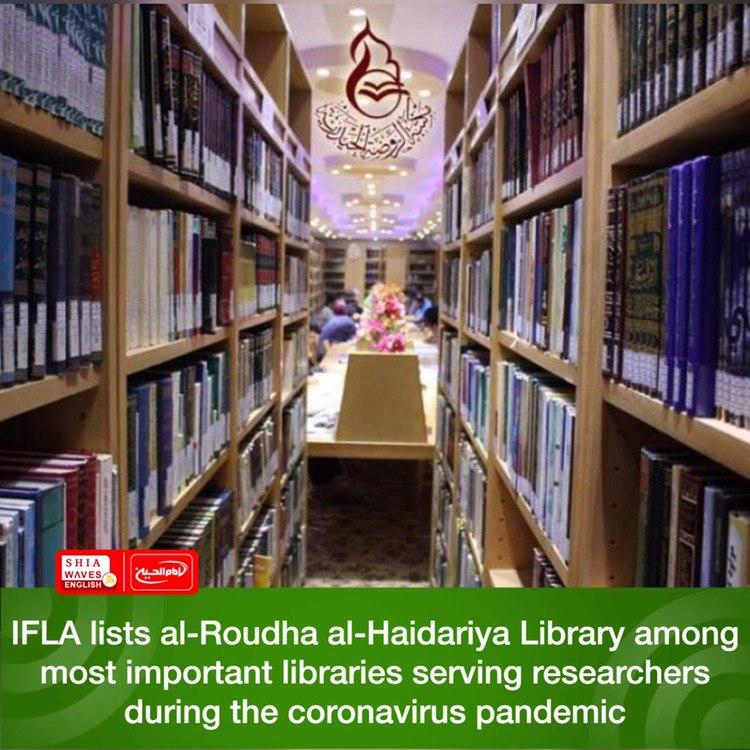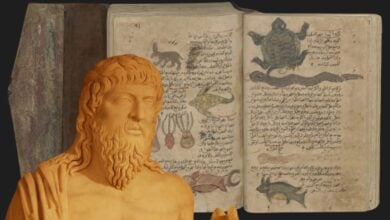Yale Exhibition Unveils Islamic Manuscripts’ Global Legacy
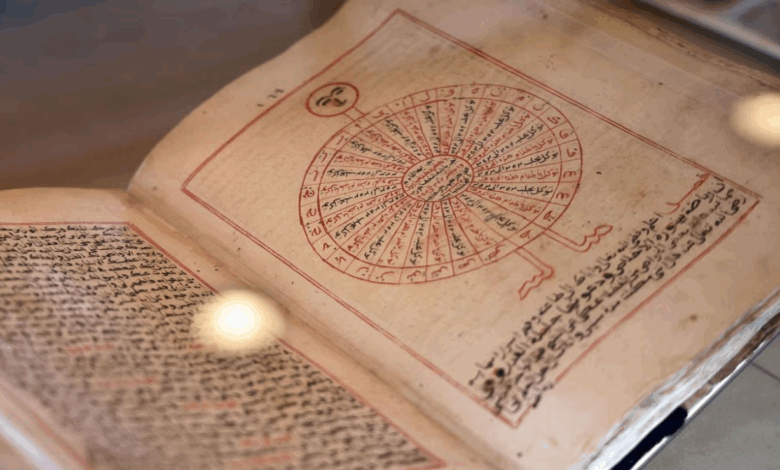
Yale University’s Beinecke Rare Book & Manuscript Library has launched “Taught by the Pen: The World of Islamic Manuscripts”, a landmark exhibition running through August 10, the university’s website reported.
The showcase features 150 artifacts from Yale’s collection of nearly 5,000 Islamic manuscripts, spanning the 9th to 20th centuries and representing diverse regions from West Africa to Southeast Asia.

The exhibition highlights both opulent and everyday objects. Among the treasures is a 16th-century Khamsah by Persian poet Nizami, resplendent with gold leaf and miniature paintings, alongside an 18th-century Qur’an displaying masterful calligraphy of Surat al-Fatihah. Rare historical items include the only known U.S. copies of 18th-century Ottoman printed maps of the Black Sea and Persian Empire.
A poignant centerpiece is the 1863 Arabic letter by Omar ibn Said, a West African scholar enslaved in North Carolina, expressing his yearning for homeland. Nearby, a West African Dala’il al-khayrat prayer book with its original leather case offers context to ibn Said’s spiritual world.
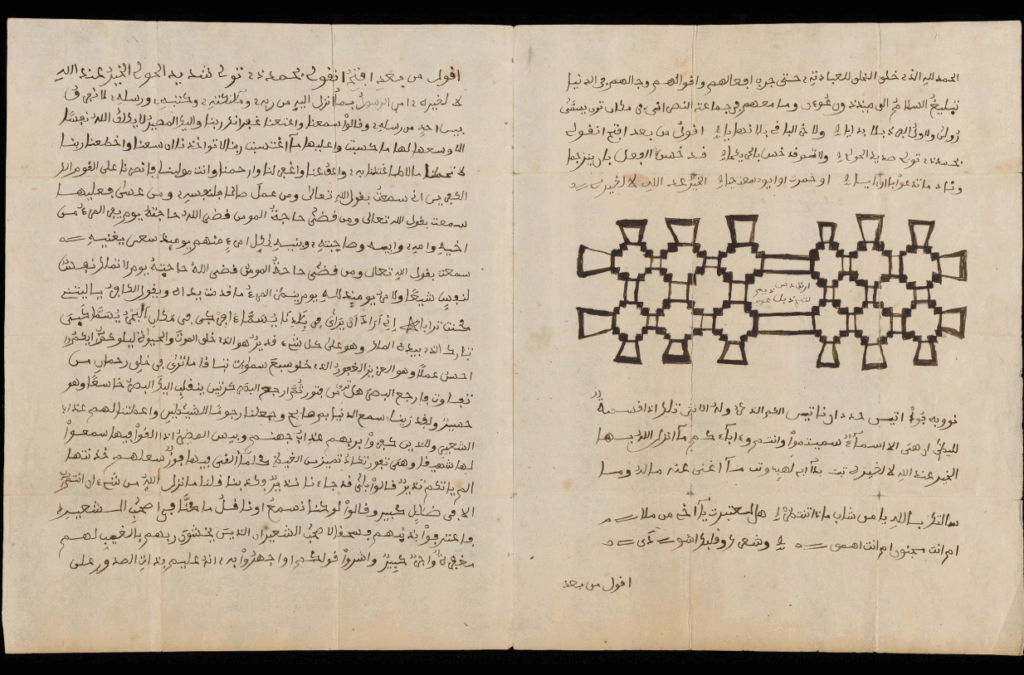
The exhibition underscores Islam’s role in global knowledge exchange. Notable examples include 9th-century Arabic translations of Euclid’s Elements and Ottoman adaptations of European medical texts like Herbario Novo. A spine-less 18th-century Mukhtasar legal manual, crammed with handwritten notes, reveals practical scholarly traditions.
The display reflects classical Islamic knowledge systems while tracing cross-cultural dialogues with Europe.


